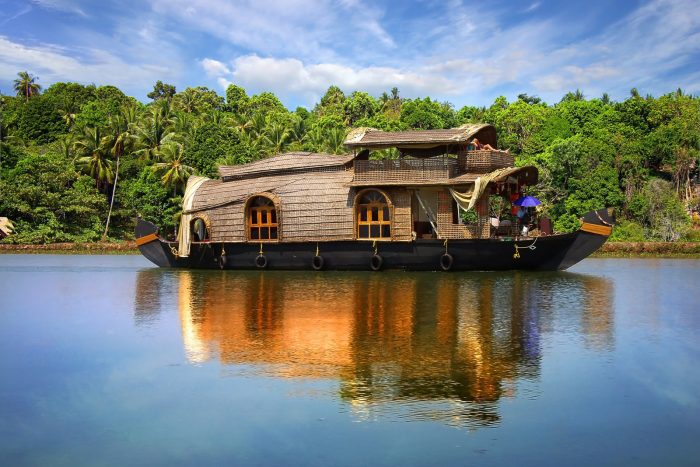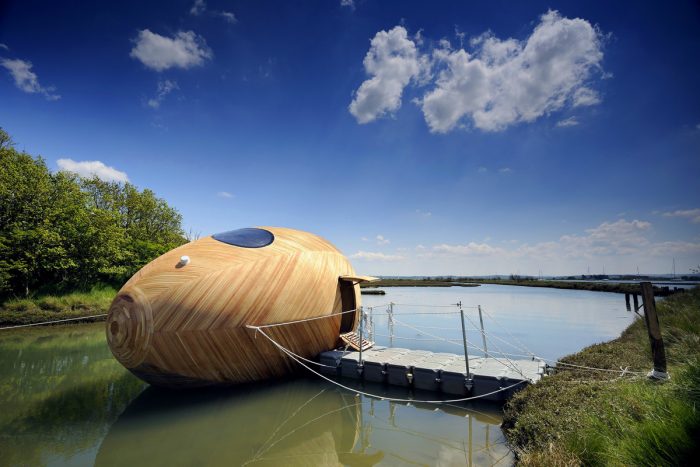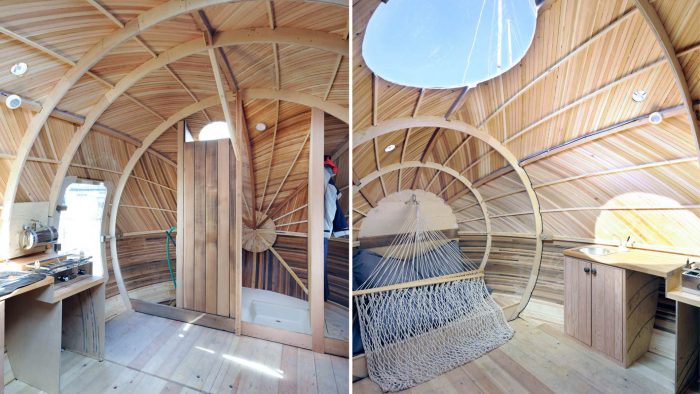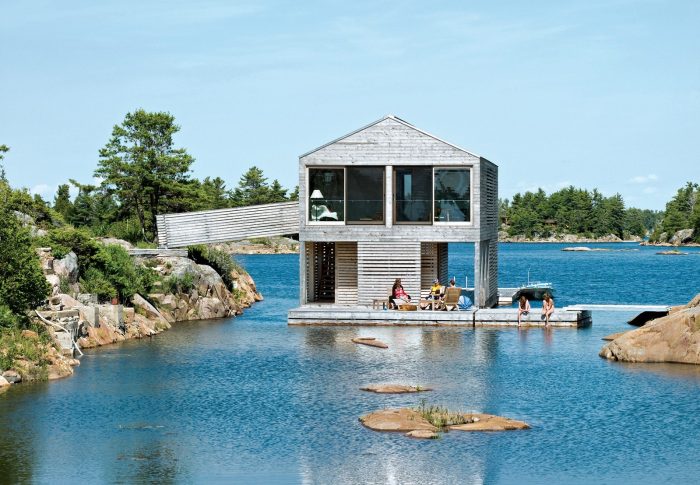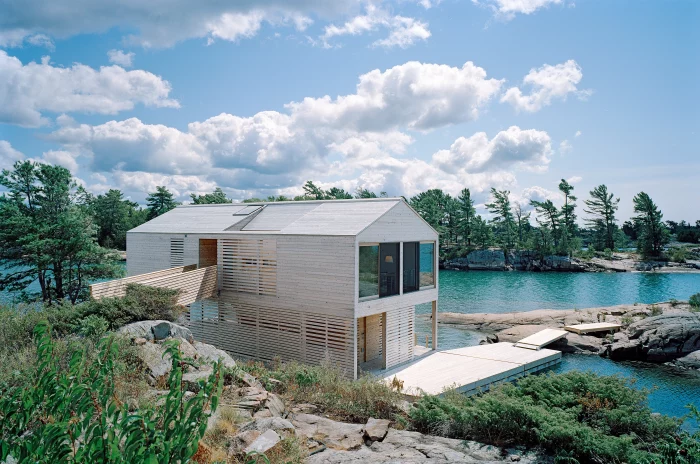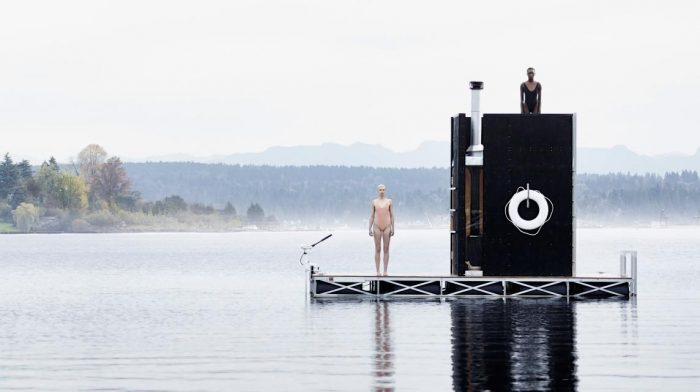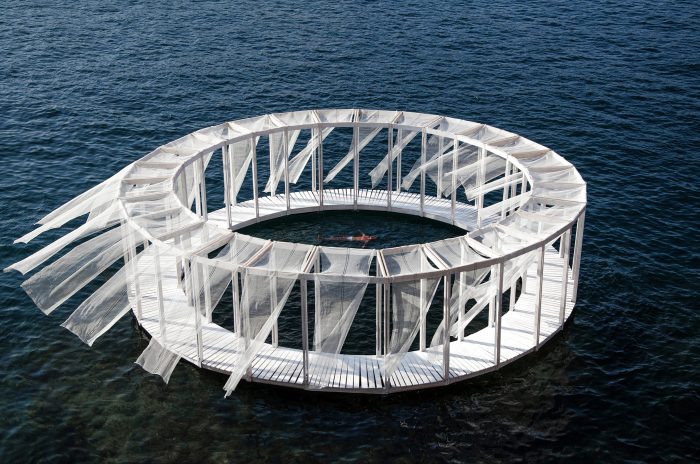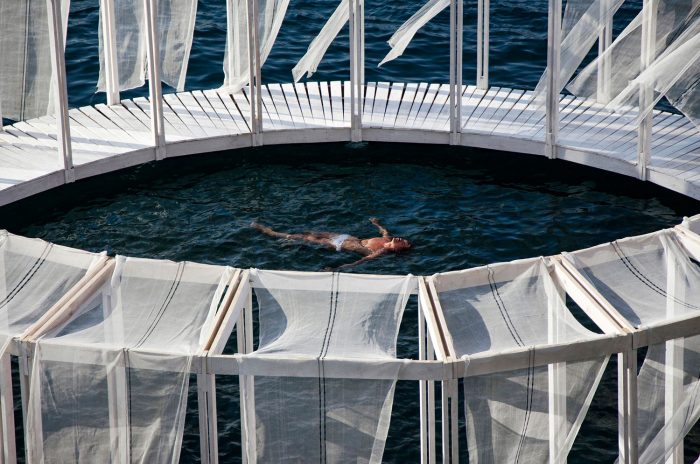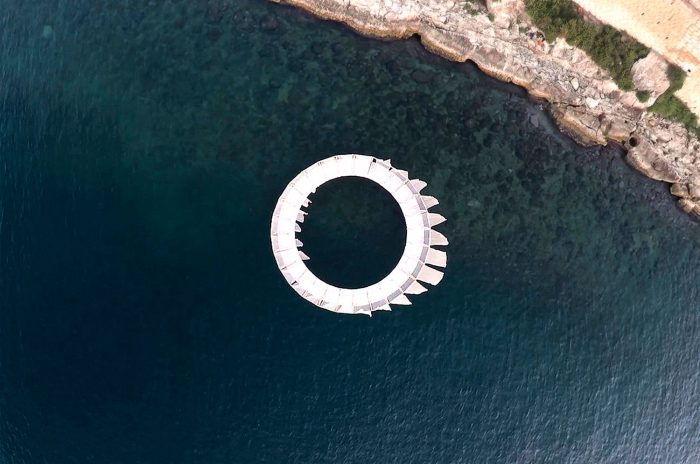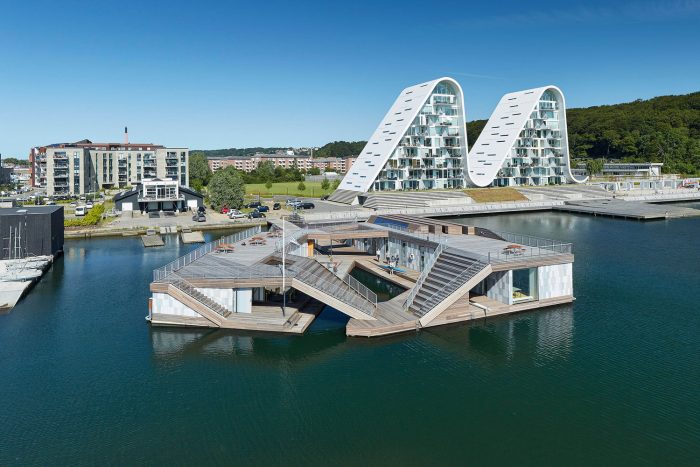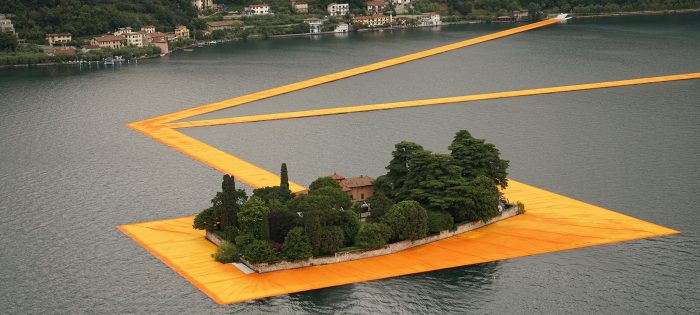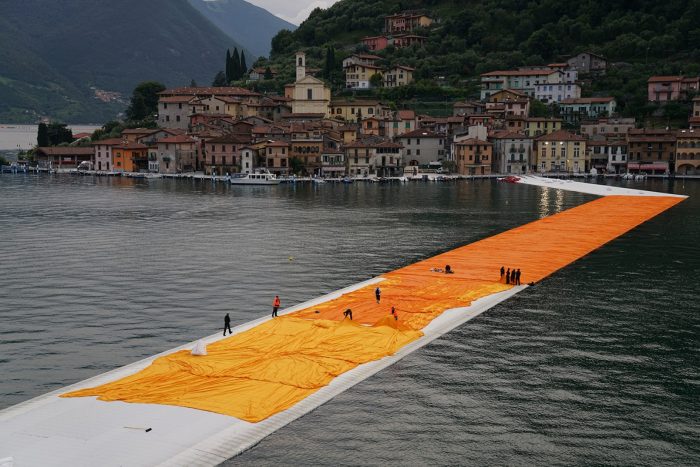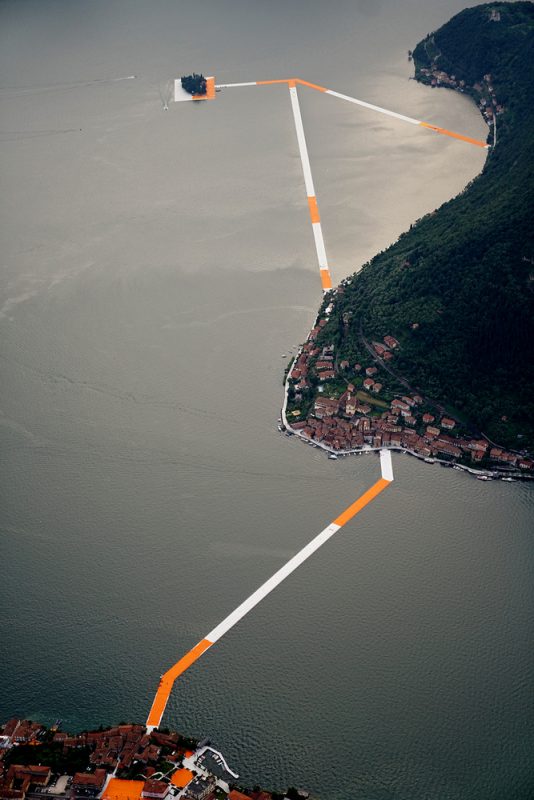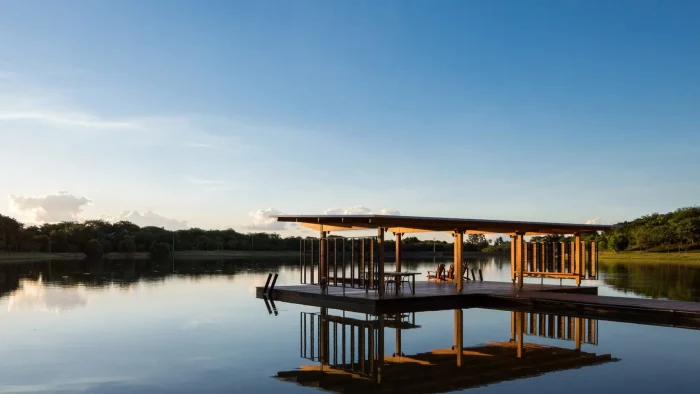How Will Floating Architecture Safeguard Our Future With Its Innovative Concept?
Some architects have moved their design expertise to the water because they find that building on the land is no longer a challenge they can handle. You can see these spectacular floating architecture establishments everywhere and in various forms.
Over the past few years, numerous floating architectural structures have appeared in games, whether floating houses, floating islands such as Seoul Floating Islands or the floating island in Brugge, floating bridges such as the Dutch Floating Bridge, or even floating cubes.
You don’t have to be in Venice to explore them, but you certainly got to stick with us to find them out and learn more about the futuristic approach towards cities, Floating Architecture.
What is Floating Architecture?
When numerous environmental risks, such as rising water levels and dwindling resources, arose increasingly in the last decade caused to global warming and overpopulation, the floating architecture was a clever response to the challenging circumstance. Floating architecture is a building system that uses a particular construction method to stand on the water while offering humans interactional space.
The idea of floating architecture currently seems to solve the growing land shortage and stop environmental destruction. Additionally, architects can apply buoyant knowledge (floatable knowledge) to floating architecture to guarantee that structures can float securely. A fundamental idea of floating architecture is Archimedes’ law.
History of Floating Architecture
Like any principle or concept in architecture, nothing existed surprisingly without dating back several decades. The idea of developing floating structures is not new to the world, and it dates back to 480 BC when King Xerxes of Persia used two pairs of floating bridges constructed on boats, leading his army across the Hellespont.
The history of floating architecture is extensive and can be found on almost every continent. The technique and architecture of these structures shared the same influence but changed according to the regional availability of raw materials, environmental conditions, and cultural diversity.
Asia has the best-known history of floating building structures since people migrated from one place to another and lived years in boats. These eventually developed into boathouses; nowadays, they are popular tourist destinations in many Asian cultures. Kerala, Goa, and numerous other coastal regions of India are home to these boathouses.
Also read:- Planet ocean underwater hotel Florida
Floating Architecture Concept:
In his article, Floating Building Opportunities for Future Sustainable Development and Energy Efficiency Gains, Shahryar Habibi highlighted the importance of the analysis and design of floating buildings taken into account concerning environmental sustainability indicators to promote sustainable development.
Several principles and frameworks, such as knowledge of living in floating buildings’ emotional and psychological effects, must be considered when developing design criteria for floating structures. The following are the main concepts and principles of the environmental design process for floating structures:
1) Access
A floating building must have easy accessibility to and from the shore to accommodate people who will likely be housed there.
2) Flotation System
A floating building must have a floatation system that can withstand the worst combination of loads it is likely to encounter, maintains an acceptable level of stability appropriate to the use or intended use of the building, and is not significantly affected by insignificant impacts.
3) Minimum water depth
A floating building must always have enough water beneath it to prevent grounding.
4) Materials
Any available materials or fastening-related materials used in a floating building or any structure connected to a floating building must be suitable for the conditions to which they may be affected, considering their ability to be controlled or changed easily.
5) Firefighting & Safety Equipment
A floating building must have the proper life safety equipment for use at sea and firefighting supplies to prevent the spread of fire.
6) Mooring Lines or Hawsers
Mooring lines are fastened to the boat’s deck fittings on one end and fittings like bollards, rings, and cleats on the other. The flotation system and supporting structure of the floating building and any vessel attached to the floating building or mooring piles must be capable of withstanding all lateral pressure resulting from the most potent combination that may affect the floating structure.
What are the advantages of floating buildings and houses?
As mentioned, floating buildings and houses are gaining popularity because they offer many advantages compared to traditional buildings. Floating structures can be built on virtually any type of land, making them ideal for areas with a lot of flooding or unstable ground. In the following points, we will examine some of the pros of floating buildings.
1) Simple & inexpensive to transport:
Moving floating structures from one water body area to another is comparatively simple and affordable.
2) Cost Saving:
Construction costs are decreased through the elimination of various parts and components. Placing floating structures is 20 to 30 percent less expensive than traditional structures.
3) Less Ecosystem Disturbance:
Even if you’re not environmental, wouldn’t you be glad when you know that you contributed to protecting wildlife, forests, and other living things? Needless to mention that this aids in preserving the natural ecological cycle.
4) Unaffected by earthquakes:
Buildings on the floating platforms are protected from earthquakes by the seismographic damping effect of the water beneath them.
5) Rapid& Noise-Free Construction:
Most of the floating buildings’ components are made of steel, wood, and prefabricated materials, which quickens construction as they may be built in only half the time as traditional ones. No sizable or noisy construction sites endanger the surrounding area due to traffic and noise. Houses are constructed in factories or other sites to avoid disturbing the neighborhood. The house is towed to the location once it is finished.
Floating Architecture Examples
We must admit that buildings that appear to be floating freely and unattached to any base or foundation are breathtaking. And these contemporary architectural styles exhibit some amazingly inventive compositional ideas that will astonish even the most passionate architectural enthusiasts.
1)THE EXBURY EGG
The Exbury Egg is a permanent mooring on the Beaulieu River in Hampshire, England, and serves as a residence, office, and laboratory. PAD Studio and Stephen Turner came up with the idea for the cedar and fiberglass layout. It serves as a location for the artist living there to gather data.
2) The Floating Lake Cabin
This white oak family floating house, created by MOS Architects, is situated in the middle of a lake. The house has a walkway leading to it on the second floor and is constructed with floating pontoons that allow it to move up and down with the tidal wave.
3) WA Sauna
Locals can use the WA Sauna, a floating sauna built by GoCStudio on Seattle’s Lake Union, to warm up before diving into the chilly water all year. The WA Sauna occupies space for six people, a wood-burning stove for heating, and an electric trolling motor for propulsion to travel through Seattle’s lakes.
4) AntiRoom II Pavilion
The self-built Antiroom II pavilion was created by Elena Chiavi, Ahmad El Mad, and Matteo Goldoni in 2015 during the EASA workshop with students from various European nations.
It is a surface that can only be reached by boat or swimming and is inaccessible from the ground. The wood construction creates a space isolated from the infinite sea’s vastness, making it a relieving floating island.
Its core is a small, secure swimming pool enclosed in an eternal circular temple that seeks to transcend time.
5) The Floating Kayak Club
Designed by Force4 Architects, The Floating Kayak Club is situated on water drawn away from the shore, showcasing the structure as a piece of art and emphasizing kayaking as an outdoor water sport. Because of how closely the floating building is related to the water, the user can fully experience playing the sport in its natural setting.
6) The Floating Piers
This magnificent piece of art created by Christo and Jean-Claude consists of a three-kilometer passageway covered in 100,000 square meters of yellow cloth and supported by a floating dock system made of 220,000 high-density polyethylene blocks.
The waves at Lake Iseo, which is situated 200 kilometers west of Venice and 100 kilometers east of Milan, naturally cause these elements to bob up and down. The walkable streets of Sulzano extend into the water, linking the islands of Monte Isola and San Paolo.
7) Floating pavilion
This 80-square-meter pavilion, designed by Brazilian firm Bruno Rossi, was constructed on a deck that crosses a dam in Santo Antonio de Posse, Brazil. The pavilion was built to add space to the original boat ramp used for outdoor recreation and nautical activities and to offer shade.
The most frequently asked questions:-
How are floating buildings built?
Nowadays, concrete floats are used to construct all floating homes, acting as a large floatation device holding the Styrofoam in place while forming a flipside bowl out of the concrete over the Styrofoam.
Why is floating architecture important?
Since floating architecture is based on sustainable architecture that relies on renewable energy, energy efficiency, and water resources, it serves as an urgent solution to overpopulation prevention of climate change and global warming.
Tags: AntiRoom II PavilionConstructionFloating Architecturefloating housesFloating pavilionFORCE4 ArchitectsGoCStudioSteelStructureTHE EXBURY EGGThe Floating Lake CabinThe Floating PiersWA SaunaWood
Aly Bayoumi is an editor with a sharp eye for detail and a deep commitment to clarity and precision. Passionate about architecture and design, he sees every project as an opportunity to shape compelling narratives that bring creative visions to life. With a focus on accuracy and engaging storytelling, Aly combines editorial expertise with a dedication to elevating the voices and ideas that shape the built environment.




